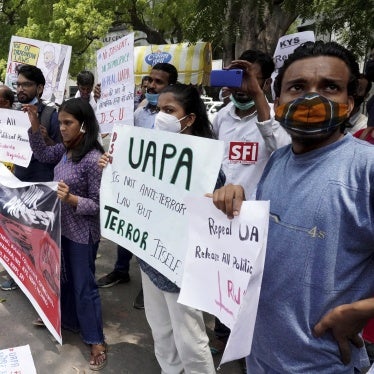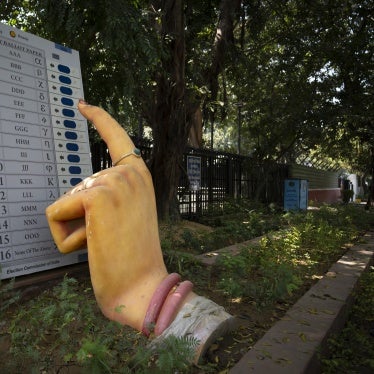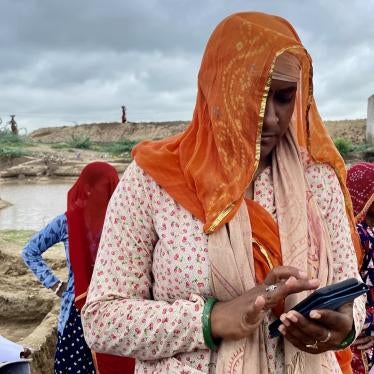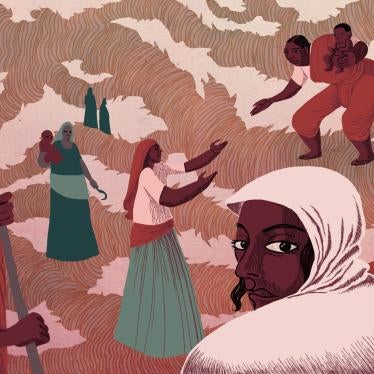Ahead of the February 7 state legislative assembly elections in India’s capital, Delhi, three political parties are all promising better access to education and a better quality of education.
The Aam Aadmi Party has promised to increase spending, open 500 new government schools, appoint 17,000 new teachers, and provide “truly equitable access to all sections of society.” The Indian National Congress, apart from also promising more school and teachers, says it will encourage enrollment and retention of children from marginalized and minority communities. The Bharatiya Janata Party is yet to release its manifesto but, on the campaign trail, has promised education and employment for youth.
Poll promises reflect current challenges. India has made significant progress toward universalizing elementary education up to grade VIII for all children aged 6-14 by enacting the Right of Children to Free and Compulsory Education Act in 2009. But it still has a long way to go.
According to the latest government survey, about 3 percent of all children aged 6-14 - that’s 6 million children - remain out of elementary school. But the proportion of children who are out of school who come from vulnerable communities, such as Dalit (so-called “untouchables”), Muslim, or tribal groups, is much higher. In addition, girls and children living with disabilities are out of school in larger numbers than the average child.
Crucially, these numbers don’t even take into account millions more children who drop out before completing basic schooling. According to the government’s own estimates, out of 100 children who enter grade I, only 64 will make it to grade IX. The numbers are even lower for children from disadvantaged groups. In Delhi alone, over 85,000 children aged 6-13 are out of school.
The 2014 government survey cites poverty, lack of interest in lessons, and children being put to work at home or elsewhere as the main reasons for children being out of school. While these factors do indeed contribute to the high numbers of children not in class, a 2014 report by Human Rights Watch, “They Say We’re Dirty,” documents how discrimination by school authorities – either overt mistreatment or in the form of neglect – against children from economically and socially marginalized communities plays a significant part in children’s irregular attendance and school’s poor retention. Weak government monitoring mechanisms and a lack of grievance redress mechanisms are also responsible for the failure to bring the benefits of the Right to Education Act to those who need it most.
If the political parties are serious about fulfilling their campaign promises and ensuring equitable access to a quality education for all, they should commit to empowering communities to play a bigger role in school monitoring and governance; training and sensitizing teachers to treating all students respectfully; and implementing better monitoring and accountability mechanisms. They can start with making sure every child in Delhi’s slums, construction sites, and living or working on its streets, is enrolled in a school, and taking the steps needed to ensure they stay there.







